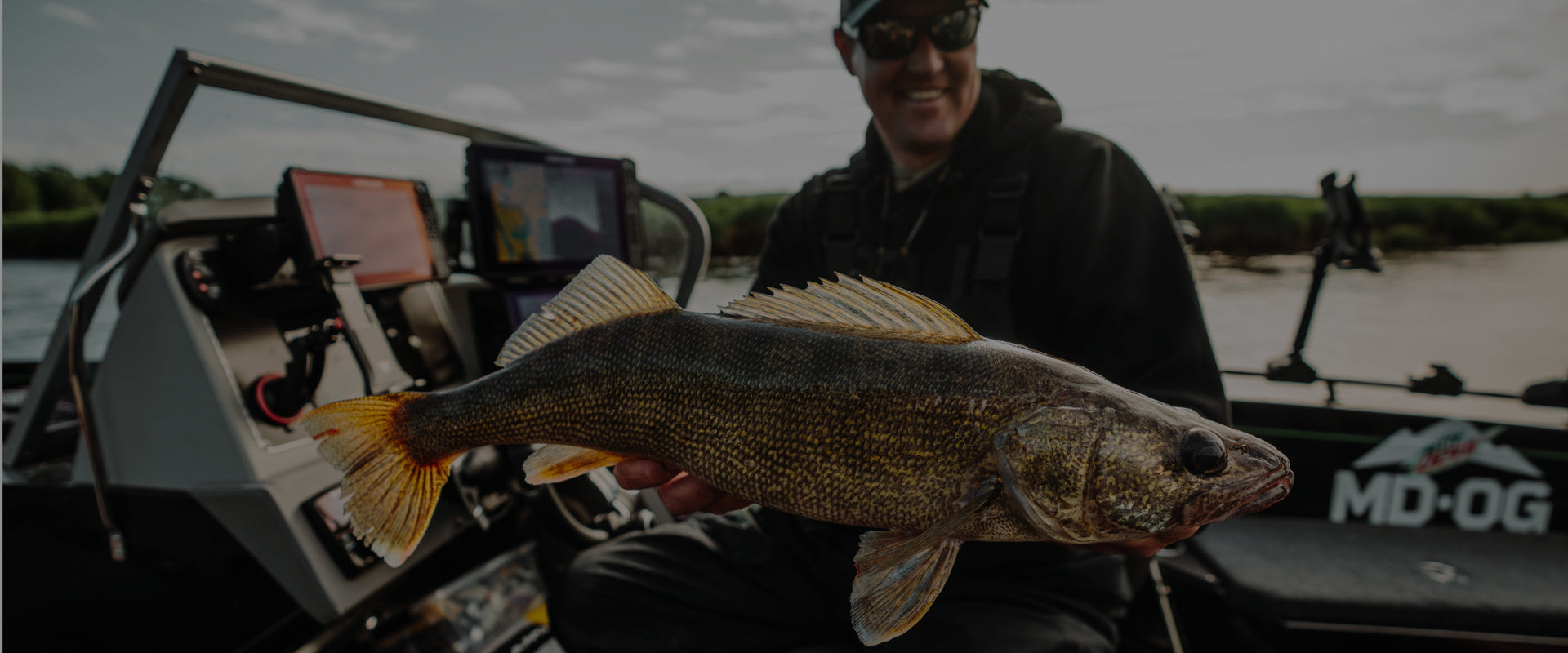
Get pro tips for catching walleye in rivers—find out which gear, bait, and techniques will give you the best chance...
Read More >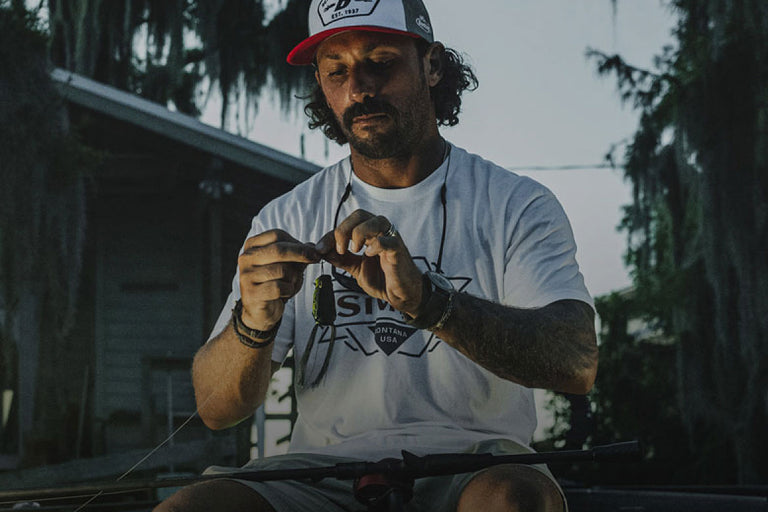
Tying a fishing knot is an important and essential skill of fishing. The knot is a critical link between you and the fish; it is critical to your fishing success to know how to tie knots correctly as well as which knot to use in which scenario. The below are links to videos and tips on the most important fishing knots to land your next big catch.
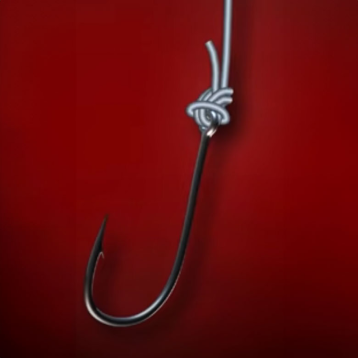
The Palomar Knot is both strong and simple to tie, making it ideal for braided fishing lines. Learn how in just 4 easy steps:
Step 1: Double about 6 inches of line and pass through the eye of the hook.
Step 2: Tie a simple overhand knot in the doubled line, letting the hook hang loose. void twisting the lines
Step 3: Pull the end of the loop down, passing it completely over the hook.
Step 4: Moisten and pull both ends of the line to draw up the knot. Trim excess.
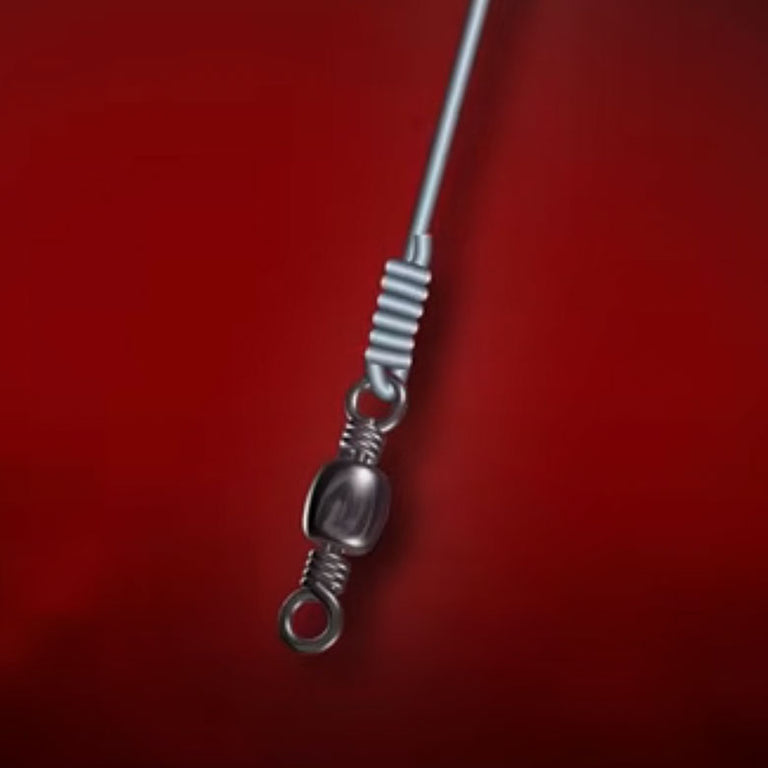
The Uni Knot, also called the Hangman’s Knot, is versatile, ideal for both monofilament and Superline-to-leader connections. Learn to tie it in just 4 easy steps:
Step 1: Run line through the eye and double back, forming a circle.
Step 2: Tie uni-knot by wrapping tag end around double line six turns and through the loop.
Step 3: Moisten line, then pull main line to tighten knot.
Step 4: Pull main line to slide knot down to the eye of the hook or swivel.
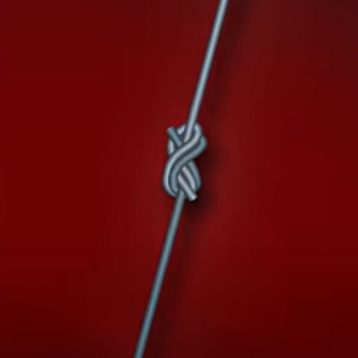
The Surgeon’s Knot, or Double Surgeon’s Knot, is a top choice for joining lines of different diameters. It involves two overhand knots with the leader pulled through each time. Tighten by pulling all four strands for a secure knot. Learn how in just 4 easy steps:
Step 1: Place leader line next to the main line.
Step 2: Form an overhand knot by passing the long end of the leader and tag end of mainline through the loop.
Step 3: Form a second over-hand knot by passing the same ends through the loop.
Step 4: Moisten and tighten by pulling all four ends slowly. Trim tags.
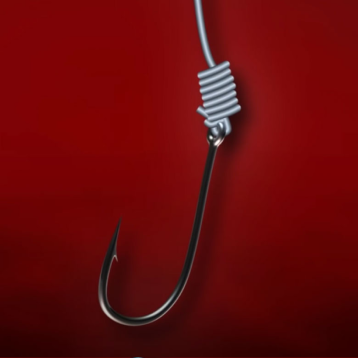
The Improved Clinch knot is a popular fishing knot for securing lines to hooks, lures, or swivels. This version includes an extra tuck under the final turn, often used to attach a leader to a fly. However, it's not recommended for lines over 30lb test due to difficulty in tying. Learn to tie it in just 4 easy steps:
Step 1: Pass end of the line through the eye of the hook or swivel.
Step 2: Pull about 6 inches of line through and double it back against itself. Twist five to seven times.
Step 3: Pass end of the line through the small loop formed just above the eye, then through the big loop just created. Be careful that the coils don’t overlap.
Step 4: Moisten and pull tag end and main line so that coiled line tightens against the eye. Trim excess.
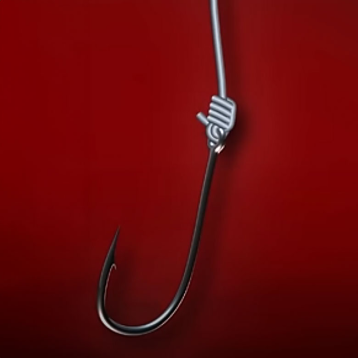
The Trilene Fishing Knot, also called the Two Turn Clinch Knot, is ideal for monofilament or fluorocarbon lines. It's versatile, suitable for attaching line to snaps, swivels, hooks, and lures. Learn how in just 3 easy steps:
Step 1: Slide your line through the hook eye, and repeat, entering the line from the same direction and being sure to form a double loop at the hook eye.
Step 2: Wrap the tag end around the standing line four or five times, moving away from the hook.
Step 3: Pass the tag end back through the double lop at the hook eye, moisten, pull the knot tight against the hook eye and trim tag.
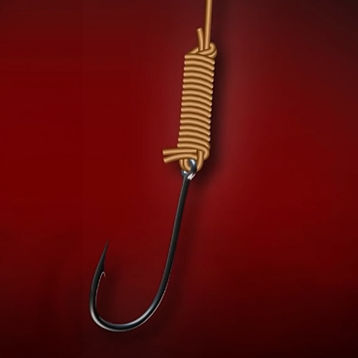
The Berkley braid knot is a reliable option for securing braided lines to hooks, lures, and leaders. Developed in the Berkley lab, it ensures excellent knot strength and prevents braided lines from slipping out of the knot. Learn to tie it in just 4 easy steps:
Step 1: Run a double loop of braid through the hook eye or lure.
Step 2: Loop around tag end main line 8 times.
Step 3: Thread double loop back between the eye and coils.
Step 4: Tighten knot and trim double loop and tag end of braided line leaving about 1/4 inch.
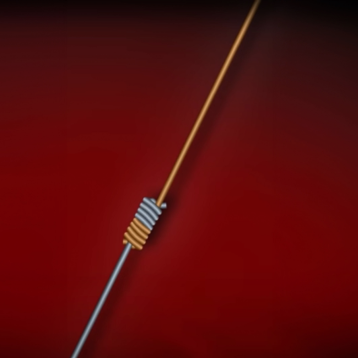
The Uni to Uni Knot excels at joining lines of similar diameter, making it ideal for attaching a fluorocarbon or monofilament leader to your superline mainline. This combination blends fluorocarbon's low-visibility and casting ease with superline's sensitivity and strength. Preserving up to 90% of line strength, it surpasses the Surgeon Knot and Blood Knot in strength. For lines of significantly different diameters, consider the Albright Knot. Learn to tie it in just 5 easy steps:
Step 1: Overlap the end of the leader material and main line about 6 inches.
Step 2: Bring the tag end of the main line toward the middle, forming a loop.
Step 3: Using the same tag end, make 6 to 8 turns through the loop and tighten by tugging on the tag end.
Step 4: Repeat steps 2 and 3 with the leader material.
Step 5: After moistening, pull the standing lines in opposite directions to bring the knots together.

Get pro tips for catching walleye in rivers—find out which gear, bait, and techniques will give you the best chance...
Read More >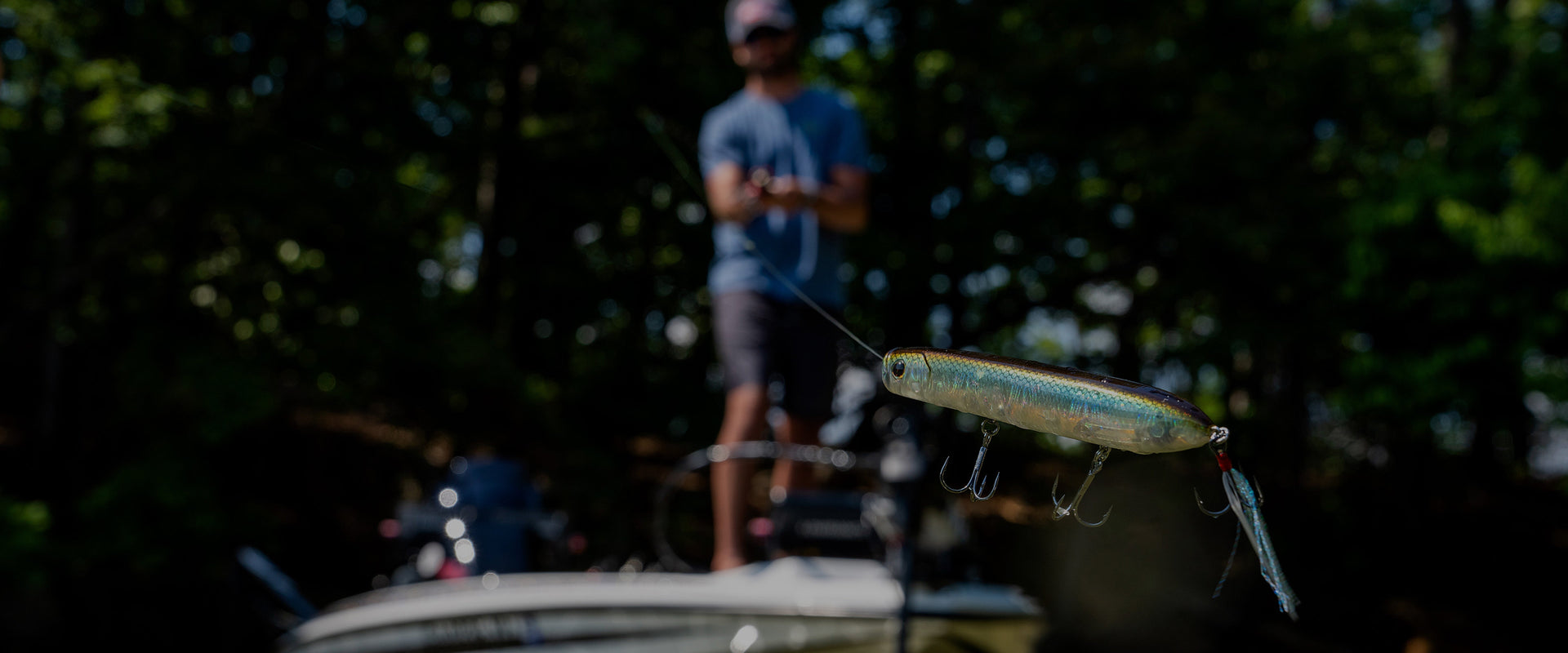
A simple guide to help you choose the right fishing line—whether it’s braid, monofilament, or fluorocarbon—based on your fishing needs.
Read More >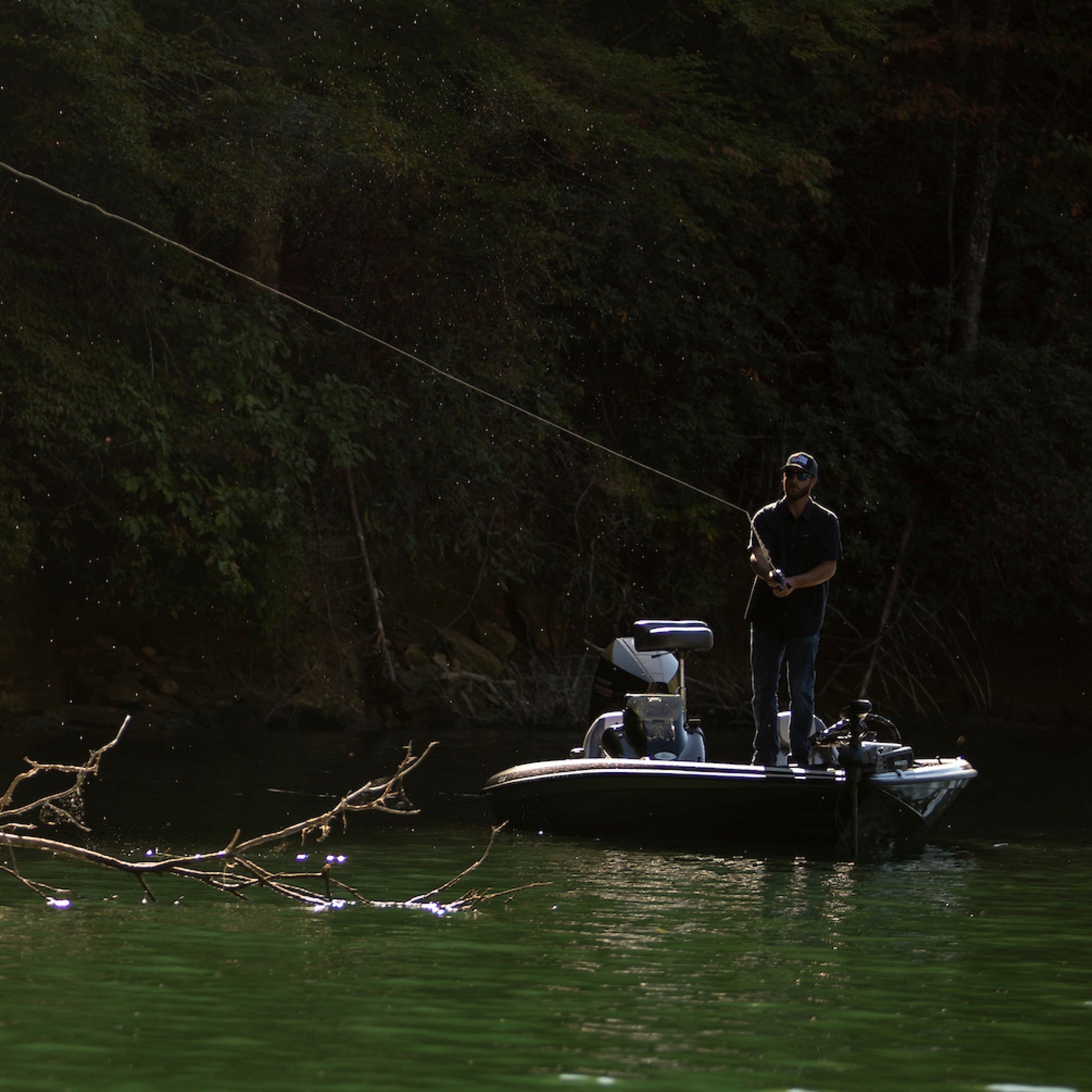
Discover why braided fishing line is a top choice for strength, sensitivity, and durability, ideal for heavy-duty fishing in freshwater.
Read More >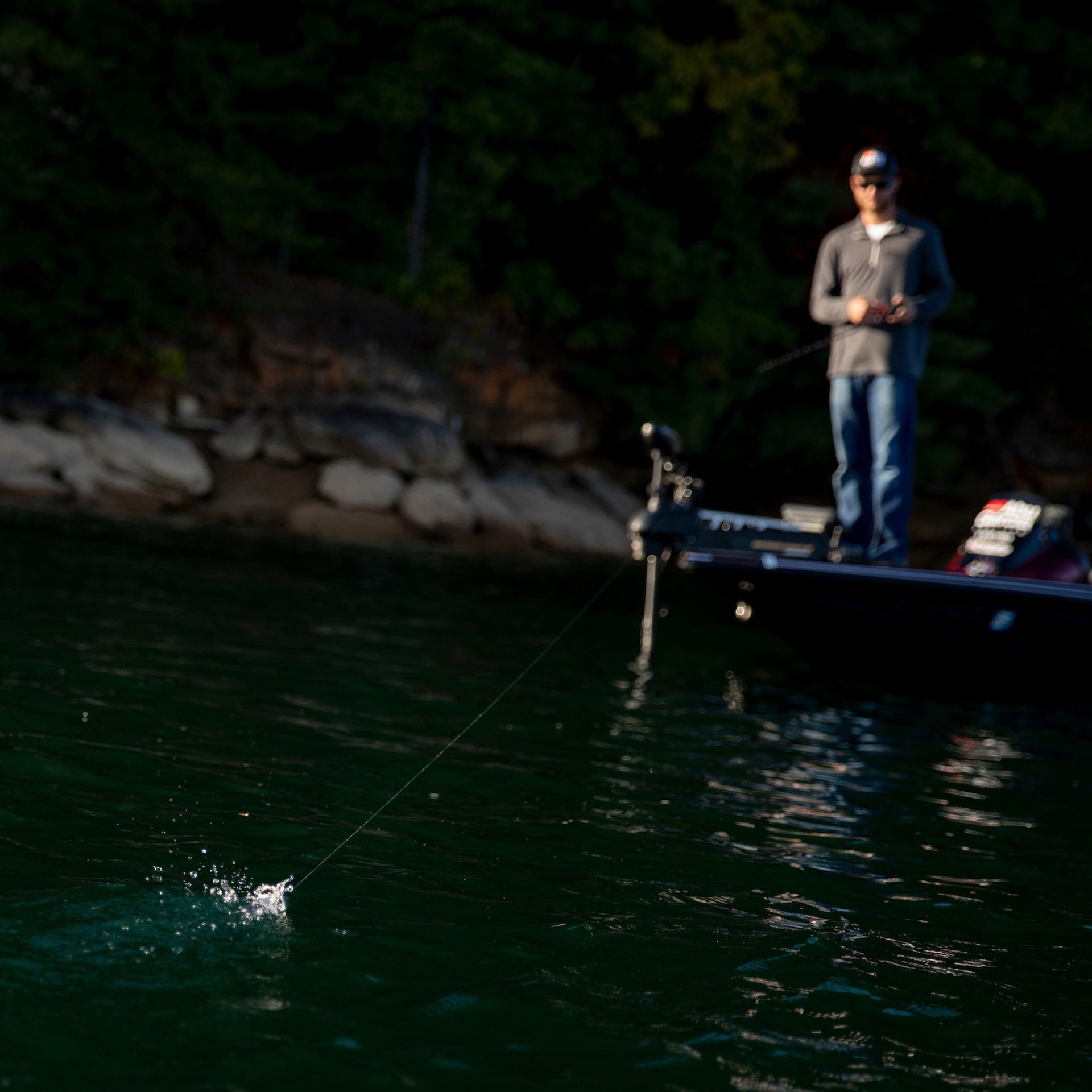
Find out why fluorocarbon lines are nearly invisible in the water, making them perfect for clear water fishing and finesse...
Read More >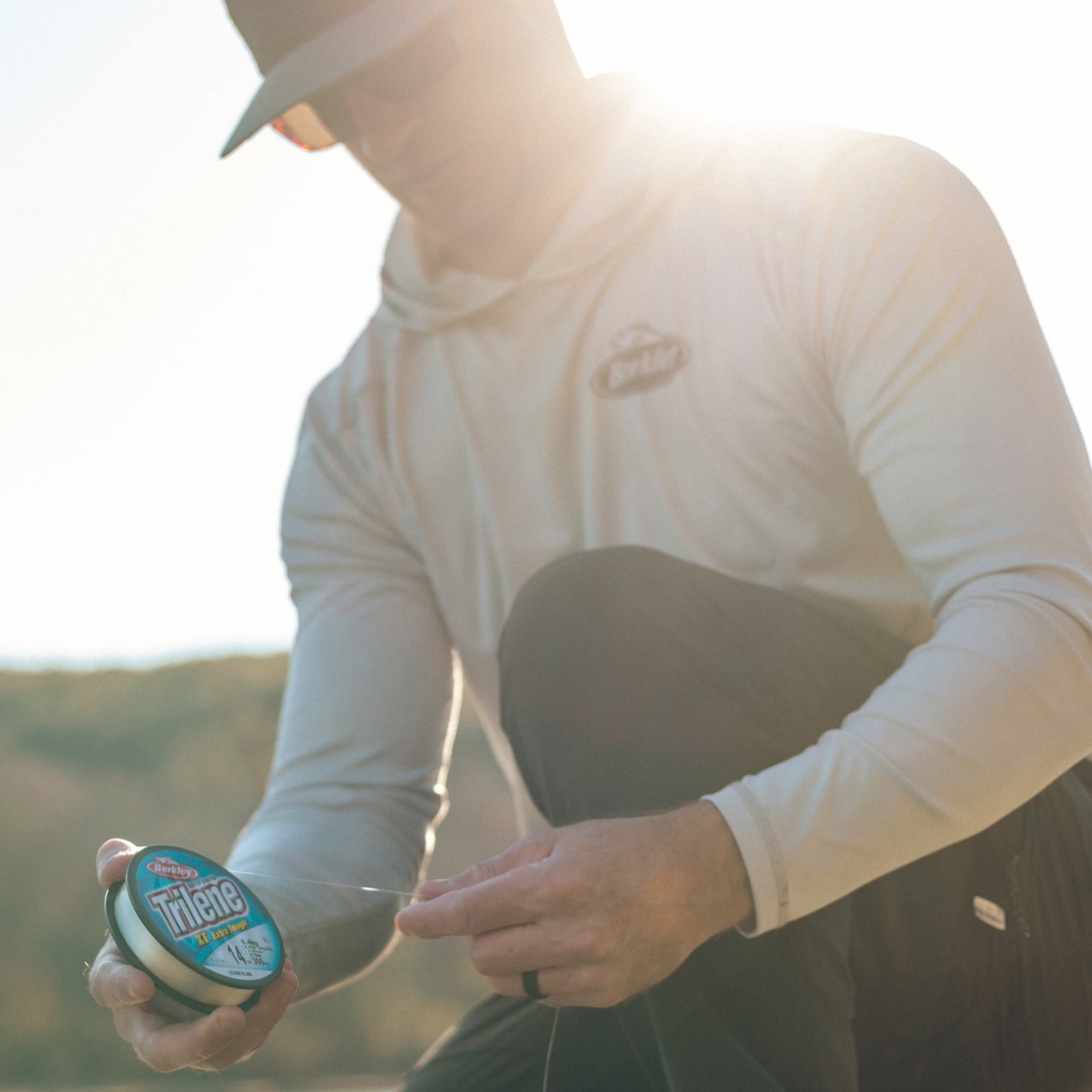
Monofilament lines are stretchy, easy to use, and versatile. This guide shows you why they’re a great option for all...
Read More >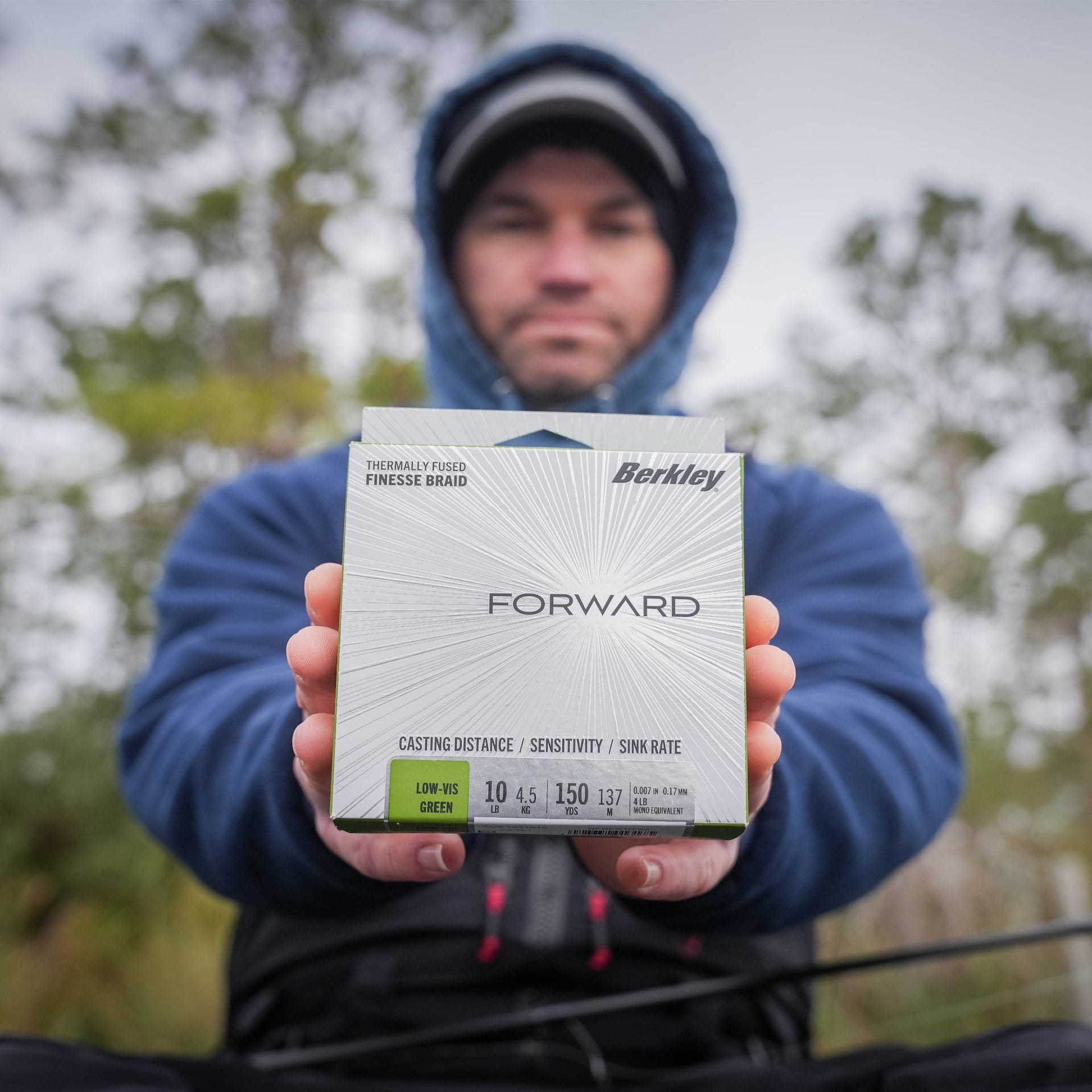
Learn about Berkley's Forward Braid line, designed for durability and strength, making it perfect for tough freshwater fishing adventures.
Read More >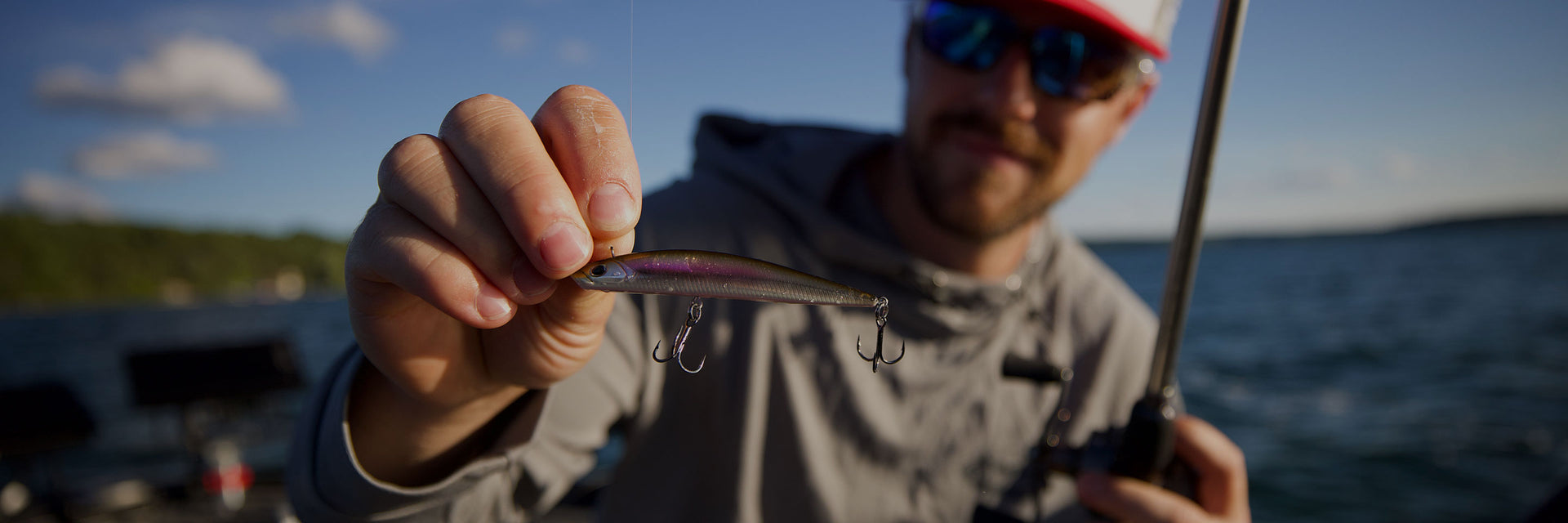
Follow Berkley-sponsored anglers as they dominate fishing tournaments with expert strategies and tips that you can use for your own...
Read More >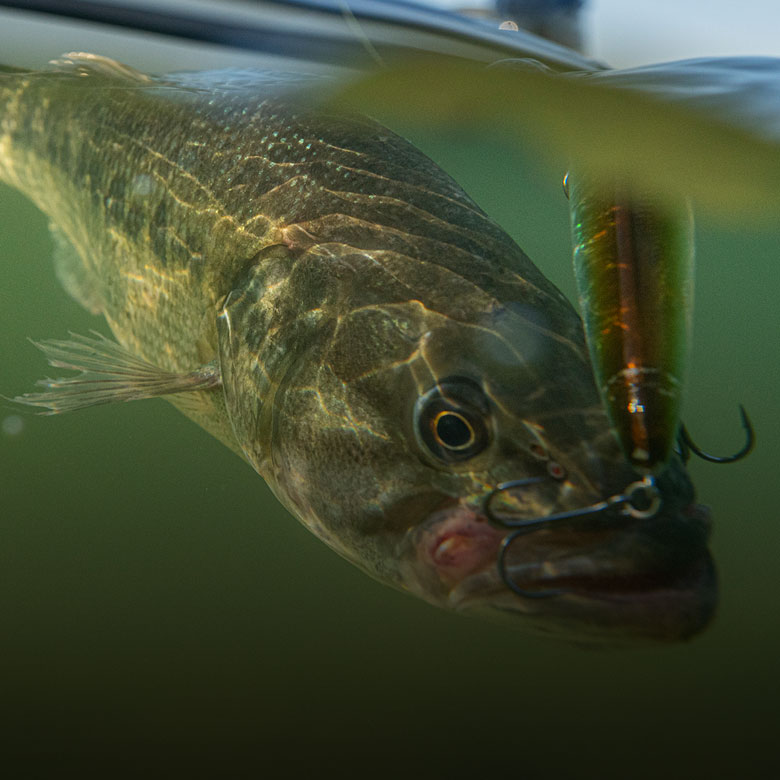
Learn how bass spawning behavior affects fishing, and how to use that knowledge to catch more fish during spawn season.
Read More >